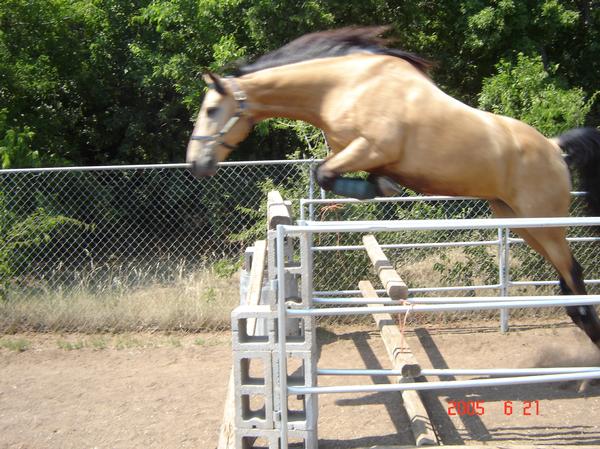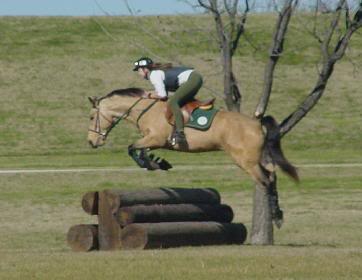First problem, the standard 12’ wide run is too small, a horse can pick at another from both sides and the one in only 12’ feels helpless to get away, it promotes barrier aggression.
Horses tend to fight worse in narrow spaces and for horses a 12’ run is like practically being in each other’s spaces.
Our quarantine barn outside runs are commercial horse 6 bar pipe panels, 14’ x 58’, the last 14’ length under the barn overhang.
Our main barn runs are self made 6’ tall, 2" panel frames with horse 2" x 4" wire mesh, 16’ x 68’, the last 20’ length under the barn overhang.
Not ideal, 20’ or 24’ width would be a better minimum, but all of us have to compromise at times.
We have had rarely a horse injured and then it was lightly, some scrapes, when getting legs thru pipes laying down or responding to a neighbor’s play/fight advances.
The old pens where we kept our older stallions by each other were 6’ high, heavier V-mesh on 2" well pipe posts and top and we never had anyone injured.
Once we had one hang a shoe on it and pull it off.
We used those pens for decades and consider those the safest for horses.
They do require keeping the wire tight and that takes maintenance.
Our other pens are practically maintenance free.
If you are building new, try to figure a way to give horses wider pens.
That is easy with three or less stalls, as you can steal width from adjacent stalls for the middle one, or at least make the end ones wider by getting past the barn width with those pens.
We found out that portable good quality horse pipe panels are fairly safe.
You can easily remodel them around if you are not in a permanent place, to suit best as your situation and horses over years have different needs.




